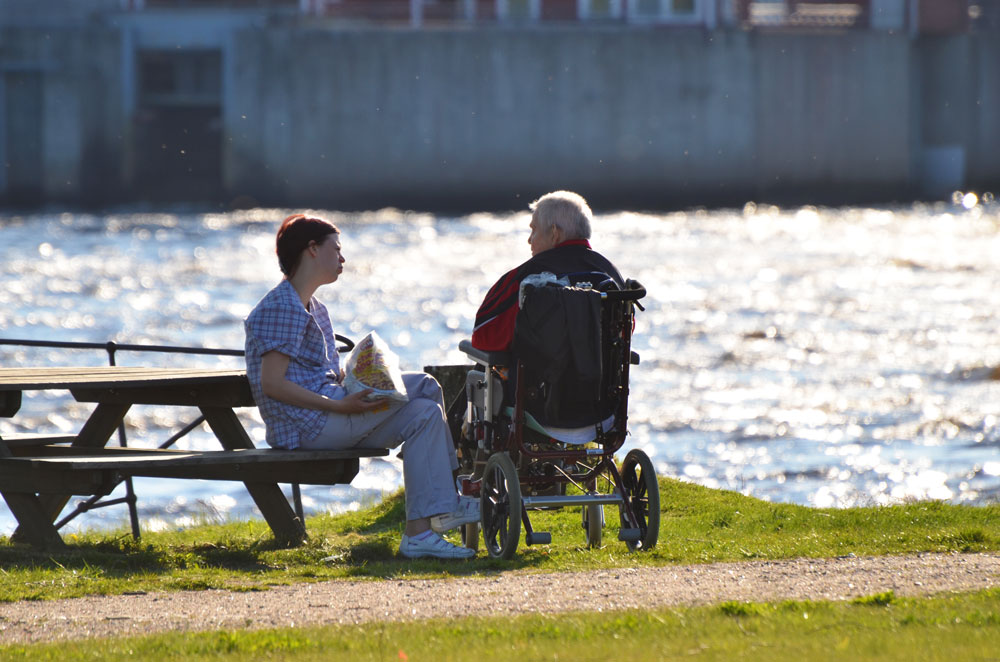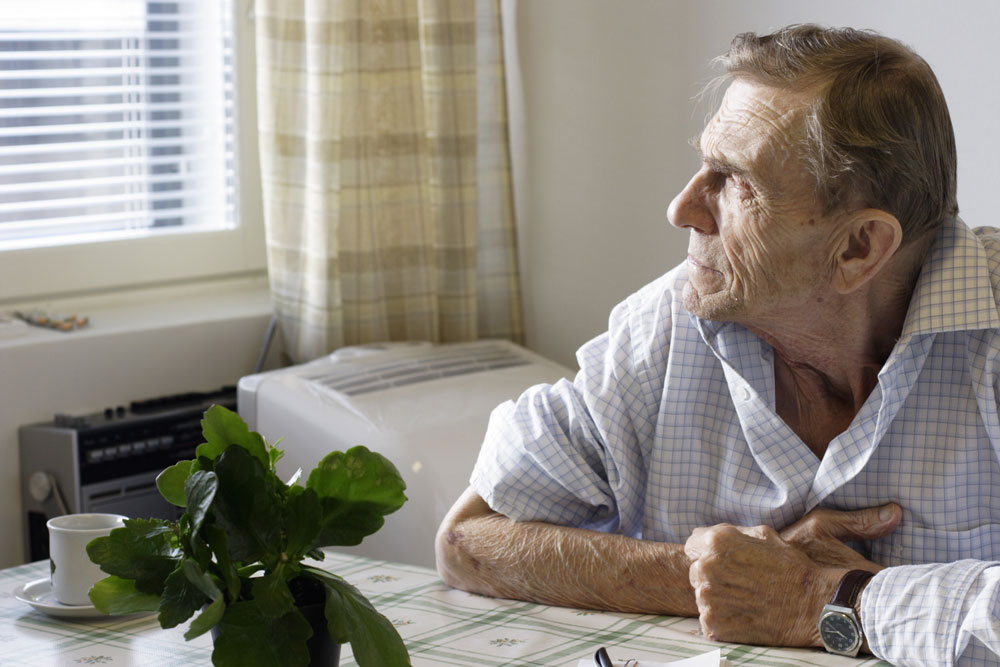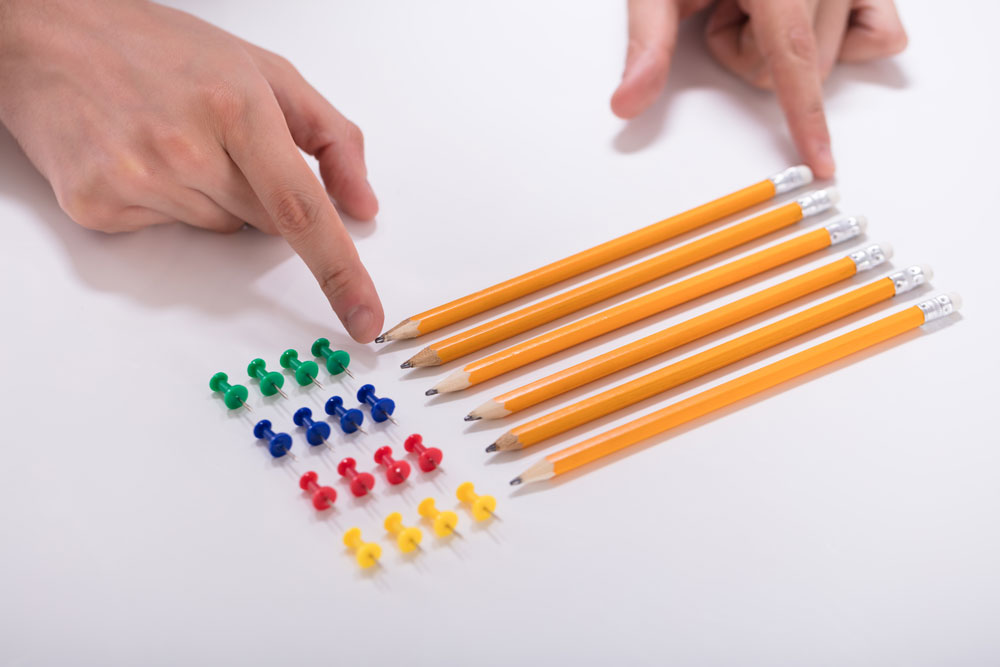Daily planning
This digital article based on Swedish conditions is computer translated. Hopefully we can inspire people from other countries.
The day-to-day planning at the nursing home is the basis for what is agreed in the care plan and implementation plan really being carried out. It is also a prerequisite for creating structure and well-being. The planning must ensure that each of the residents receives the care they are entitled to.
 Foto-Frugan_Mostphotos-webb.jpg
Foto-Frugan_Mostphotos-webb.jpgDaily planning in a nursing home
In a nursing home, the daily planning is of crucial importance in order to create a safe and pleasant environment for the residents. The planning structures the day and gives the elderly the opportunity to participate in meaningful activities while their care needs are met.
Morning routines
The morning is an important part of the day in a nursing home. The staff helps the residents with dressing, washing and performing morning toilet. This takes place with respect for individual needs and wishes. After the morning routines, a nutritious breakfast is served that provides energy for the day.
Care and health examinations
During the morning, possible care measures are carried out such as medication distribution, wound care and health examinations. This is a time when the residents can have individual meetings with the care staff to discuss their health and any needs.
Activities and social interaction
Elderly homes strive to offer a variety of activities that are adapted to the residents' interests and abilities. It can include everything from walks, music sessions and creative activities to bingo games and reading circles. These activities promote social interaction and contribute to creating a meaningful everyday life.
Lunch and meals
Lunch is often a central point of the day where the residents gather to eat together. Meals are important not only for nutrition but also as a time for socializing and community. It is also important that the residents receive the right diet and adapted support in connection with meals.
Rest and afternoon activities
After lunch, residents have the opportunity to rest and relax if desired. Afterwards, various activities can continue in the afternoon. It can be anything from light exercise to musical performances or other meaningful activities.
Evening meal and evening routines
The evening meal is a quieter meal that ends the day. After dinner, the staff helps the residents prepare for the night by carrying out evening routines and any medications. It is also a time when the residents can have company and talk to each other or the staff.
Older people need more nutrition to avoid becoming malnourished. To prevent the night fast from being too long, the resident should be offered something simple to eat before going to bed. The night fast should not exceed 11 hours.
Night, rest and well-being
During the night, the staff is available for urgent needs and ensures that the residents sleep in a safe environment. The purpose of the night is to promote a good night's sleep and well-being.
The daily planning in a nursing home must be tailored to meet the individual needs and wishes of the residents. It is important to create a balance between care measures, activities and time for rest to promote both physical and mental health. By offering a structured and meaningful everyday life, nursing homes can create a pleasant and safe environment where residents can age with dignity and joy.
Temporary staffing
It is not easy to staff a nursing home. Those who work are not completely interchangeable. It's about doing the best possible. Proper planning of staffing affects quality to a large extent. It is simpler when it comes to planned absence and long-term absence. Then it is possible to select the most suitable substitute. In the case of late sick leave, it will easily be the person who answers by phone or via SMS who gets the temporary job.
Substitutes often work at several nursing homes to make ends meet for the month. It is an uncertain existence and this means that there is competition for the best substitutes. In order to keep good substitutes, we have to care about them and show that they are valued. With good systems and working methods for planning staffing, the conditions for getting the right substitute for vacant work shifts will be much better.
Many nursing homes have schedules where the working hours between different shifts vary between the different tours. It affects who handles the staffing and how it happens. On the one hand, good staffing planning can help create continuity so that temporary workers get to know the residents well, and on the other hand, the business can keep more temporary workers going instead of some having to work more than full time.
There are activities that, through scheduling, create the conditions for participation in activities through "gold edge tours" where some employees are not involved in direct care but can instead carry out activities with the residents. A well-thought-out model with planning of staffing and activities that interact is important for quality.
Planning the day
It must be possible to follow up that the individual has been offered activities and that they receive care and nursing of good quality. Monitoring that the activities have been carried out is part of the quality work. Without planning, nothing often gets done. Quality reviews of elderly care show that many of the users in elderly care feel they lack social stimulation and togetherness. The possibilities for outings are also limited.
In studies conducted in Norway, among others, the results show that when care is structured, time is freed up, so good planning saves time. In order for all residents to receive good quality interventions, planning is required. You must agree on a time so that whoever is to carry out interventions with the residents does not feel like they are slipping away from other tasks.
If there is no structure and documentation of what is done, there is a great risk that things that are visible, crumbs on the table, will be fixed while what is not visible, conversations with Agda, will not be done. The fact that there is an activity manager does not relieve any other employee of the responsibility to activate the residents. All employees must feel a responsibility to ensure that the residents receive the interventions to which they are entitled.
Many units use digital support for their daily planning. Others make simple schemes on paper. Activities should be recorded either in a signature list or journal text.
Hospitalization
Something happens to us when all days are the same and others plan the time. When the food is served, the choice of clothes is made by someone else and the day mostly becomes a longing for the evening when you can go to bed and sleep. It affects well-being. Pay attention to whether any of the residents show signs of institutional damage. In this way, it is possible to prevent unnecessary suffering.
Many people who move into nursing homes stop planning their time. The person who is hospitalized has received so much support that he cannot manage on his own as personal responsibility is required. As others rule over time, the person becomes paralyzed or anxious before necessary choices. The effect is something that is well known from psychiatric long-term care, but will be the same in other care institutions where the staff control the planning.
Symptoms of understimulation can be similar to those of burnout. Likewise, it can make the person down, depressed or perceived as zombie-like, sitting and rocking or sleeping all day. Unfortunately, there is little written about hospitalization.
It's easy to get into a situation where the time horizon is the next meal or going to bed. No longer knowing what day it is can contribute to confusion and to the person being perceived as demented even though it is depression. Inadequate dementia investigation can result in people being wrongly placed in dementia care.
Reflection - daily planning
Care staff
• Are scheduling and staffing working well?
• How do you keep the best substitutes?
• Do you have residents who show signs of understimulation?
Manager, nurse, occupational therapist and physiotherapist:
• Is the staffing adapted to the residents' needs?
• Do you carry out self-inspection so that you see that all residents get what they should based on the implementation plan?
• What do you do to identify people who are understimulated?
Resident and next of kin:
• Is there turnover in who works at the unit?
• Does the daily planning seem to be working?
• Are your relatives receiving the care that is planned and is it documented?
Erland Olsson
Head nurse
Sofrosyne
Better care - every day

Aktuellt i media
- 2025-12-29 04:00 08 Förebyggande o lokaler
-
2025-12-18 04:00
16 Sjukdom och död
Survivor conversations - an important element in working with next of kin
info Bild från Summer Stock
Bild från Summer Stock - 2025-12-15 04:00 17 Psykisk hälsa
- 2025-12-11 04:00 07 Riskhantering
- 2025-12-08 04:00 06 Dokumentation
- 2025-12-03 04:00 06 Dokumentation






